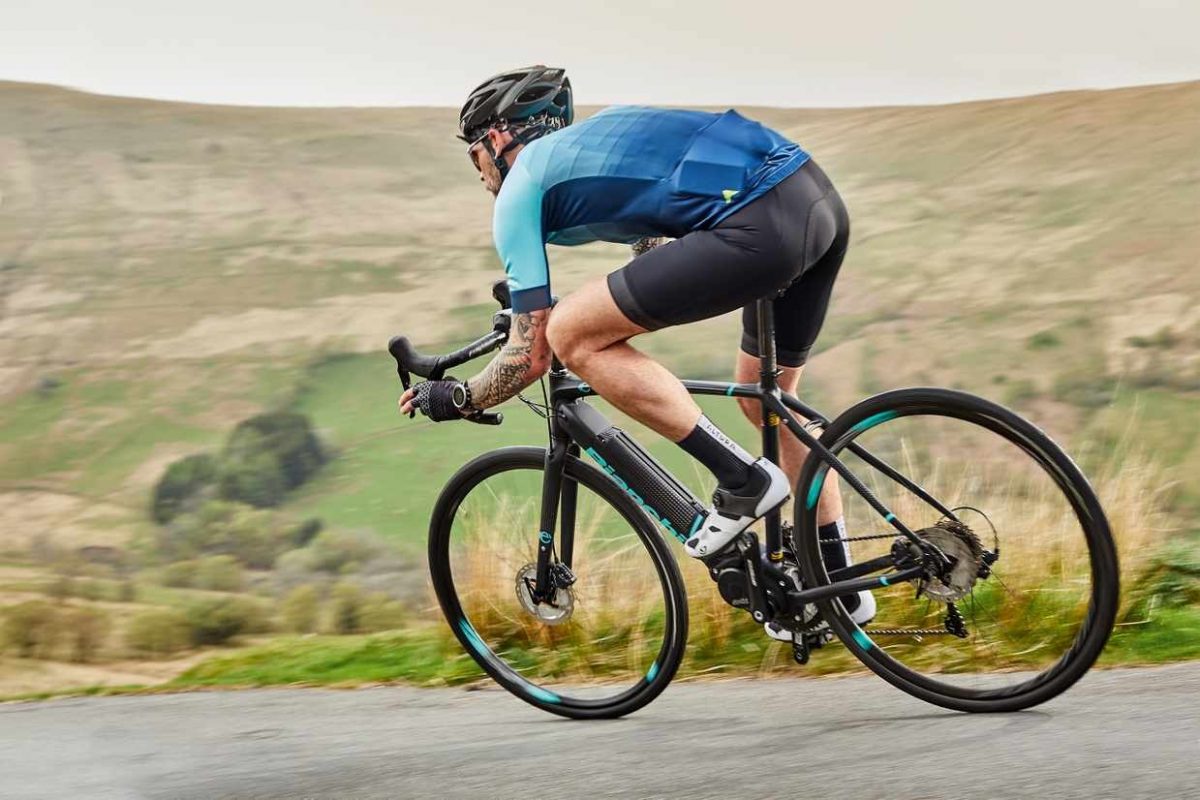Wherever and whatever you ride – here’s what you need to know. Tire choice can make or break a ride, but it’s rarely as straightforward as you’d like to think. Sure, if your ride is 100 percent flat towpath or 100 percent mud descent, it’s easy – fit either the slinkiest semi-slick or biggest mud spike you can find. But what ride is ever 100 percent anything? The point is, even the best tire choice is something of a compromise. Plus, front and rear tires represent different compromises themselves – and the choices you make certainly don’t mean that front and back ends of your bike have to match! You can get away with more speed and less grip on the rear, while a grippy tire on the front is not nearly the handicap it would be on the back. Whether you’re riding hardtail or full-suss, 29, 27.5 or even 26-inch, these principles apply just the same.
As well as the tire’s width, volume and compounds, check the knobble types and spacing most suitable for the surfaces you ride
Hard or Loose?
While there are infinite combinations of soils, gravels, rocks and roots, it’s easier to break surfaces down into hard or loose. The harder the surface, the less tread you want – think lower knobbles and smaller gaps between. This puts more rubber on the ground for grip. Big knobbles can’t dig in anyway, so they’ll squirm and fold over. By contrast, the looser it is, the more tread you need. Tall knobbles dig through to more stable, compacted layers beneath. They also deform more easily around things, rather than slipping off. If you’re on gravel or dry loose soil, the gaps between blocks can be quite small – which will stop the tires squirming on harder surfaces and help them roll faster. However, if the riding surface is loose because it’s muddy, small gaps clog, and a clogged tire won’t grip. tires with multiple compounds help here, as harder bases (60a-70a) stop widely-spaced knobbles squirming so badly, while a soft cover (50a-42a) still finds grip on wet rocks and roots.
Heavy braking
The harder you need to brake, the more tread you need in the centerline. If your trails are fast and flowing, a low tread – maybe even a semi-slick, especially on the rear – gives easy-rolling speed. If they’re steep, however, such ‘speed’ can be a false economy, as spinning out on the climbs and skidding on the descents can lose you more time than you gain. You can still favour a lower/tighter-spaced tread on the back for all but the steepest descents, as most of your stopping power comes from the front.
Sidewalls
Light tires spin up rapidly, but their thin sidewalls are prone to tears and pinch-punctures – forcing high pressures and reducing grip. If the going is fast and rough with rocks and roots, you’ll be quicker with heavier, stiffer sidewalls that allow lower pressures – grip, stability and rolling speed will all improve. And you won’t be sat at the side of the trail with a flat tire or dinged rim.
Restrictions
Rim width is key – specifically the inner width, rather than outer. A large-volume tire like a 2.35in may physically go onto a narrow rim such as 17mm or even 19mm, but its profile will be pinched and its base unstable (apologies for the mixed units – it’s how the industry does it!). It may roll off the rim under cornering, and will be prone to punctures. A 21.5mm rim, such as found on all FSA wheels, will support anything up to 2.35in properly. Frame clearance is another big issue, as even though a tire might fit, it may not leave enough space for mud to drop through, leading to clogging. Be aware that height is just as critical (and varied) as width, and no two tire manufacturers seems to measure their tires the same way! Two nominally identical tires can be very different. One may foul mudguards or even the fork brace where the other doesn’t.
The only way to be sure is either by measuring somebody else’s (inflated) tire or taking the plunge… so be sure to test ride new tires before relying on them for a big event!



![Snow Bike vs. Snowmobile: Which One is for You? [Comparison]](https://thebikespaces.com/wp-content/uploads/2022/04/CMXBK.jpg)

